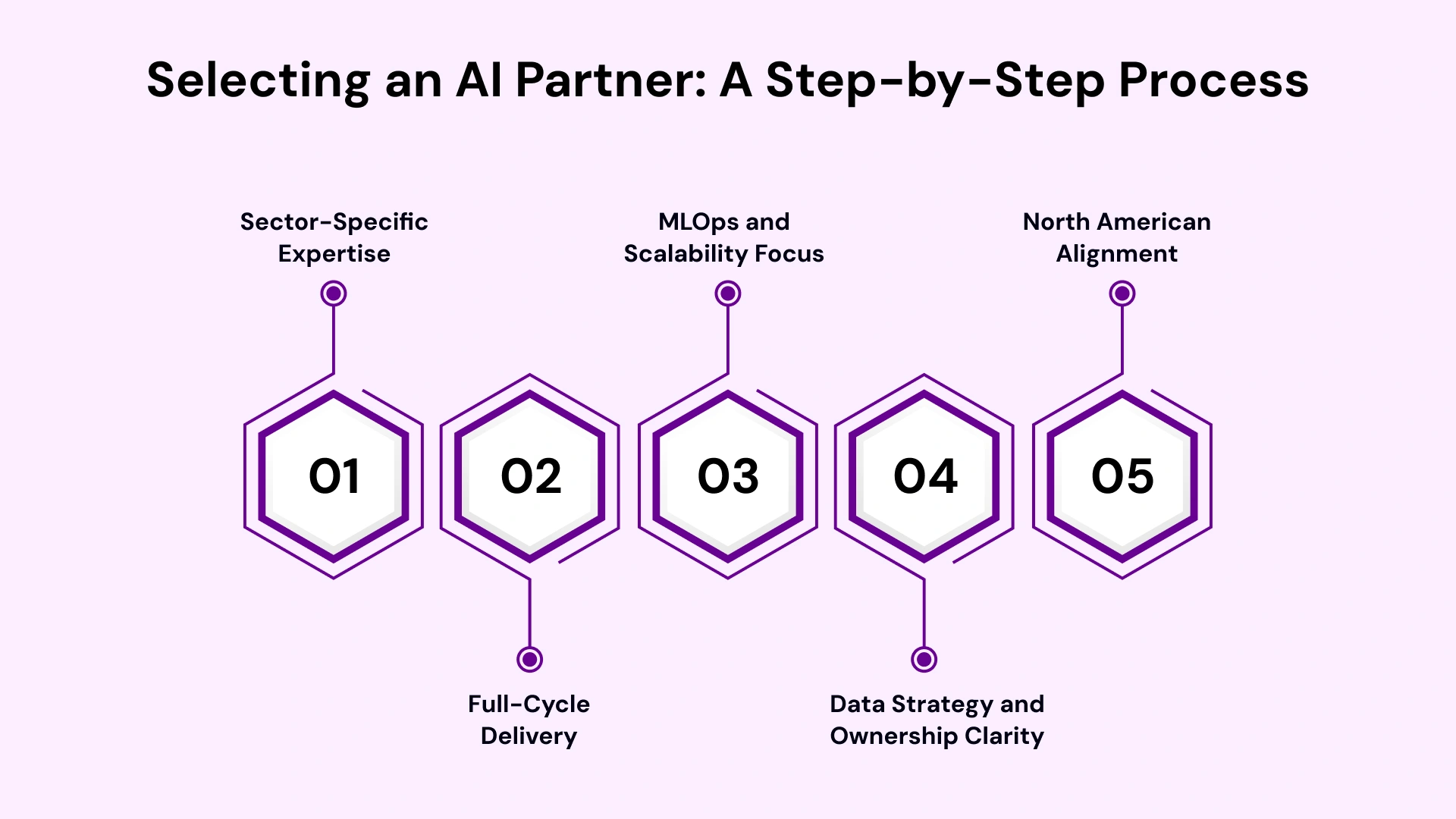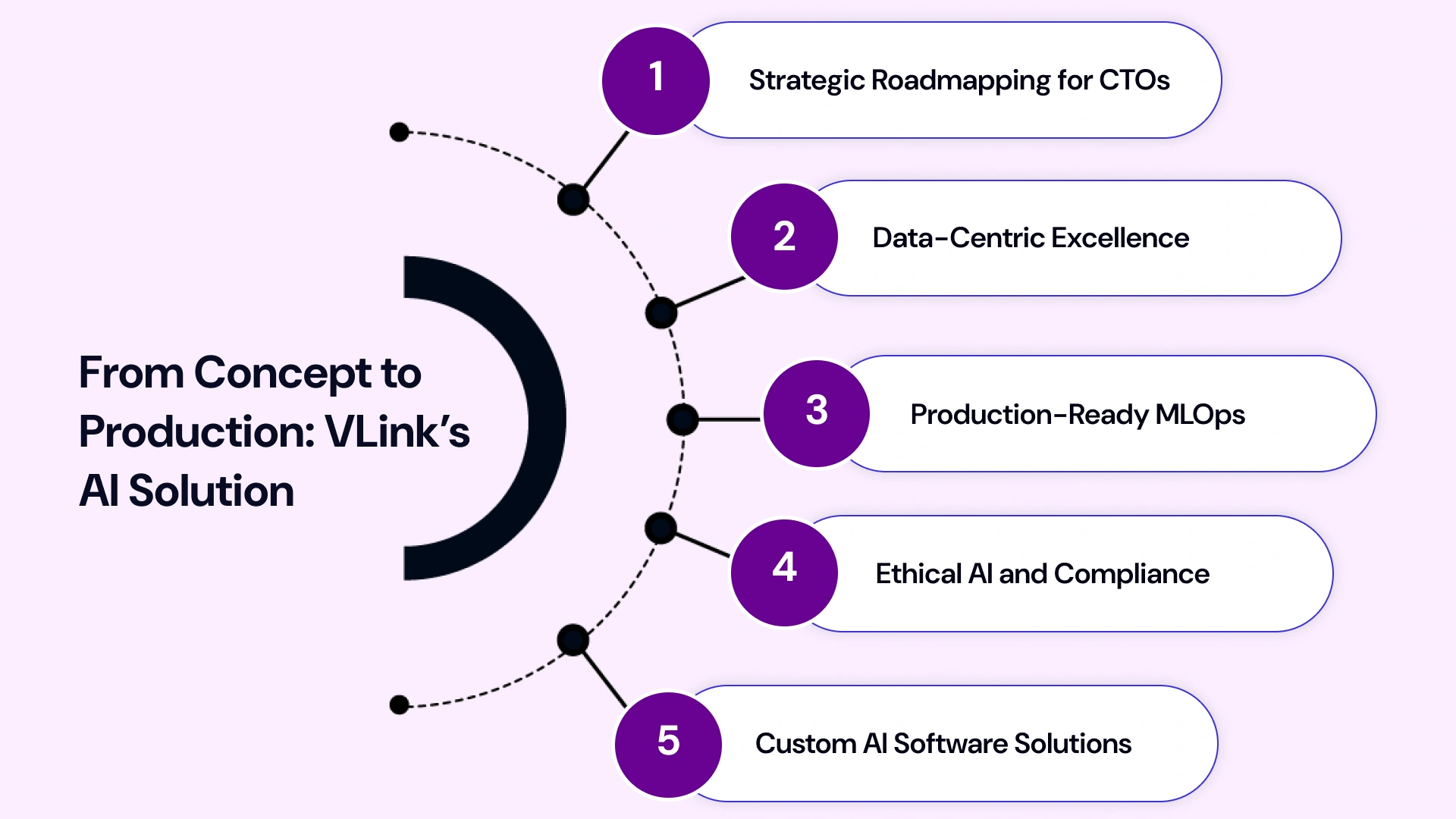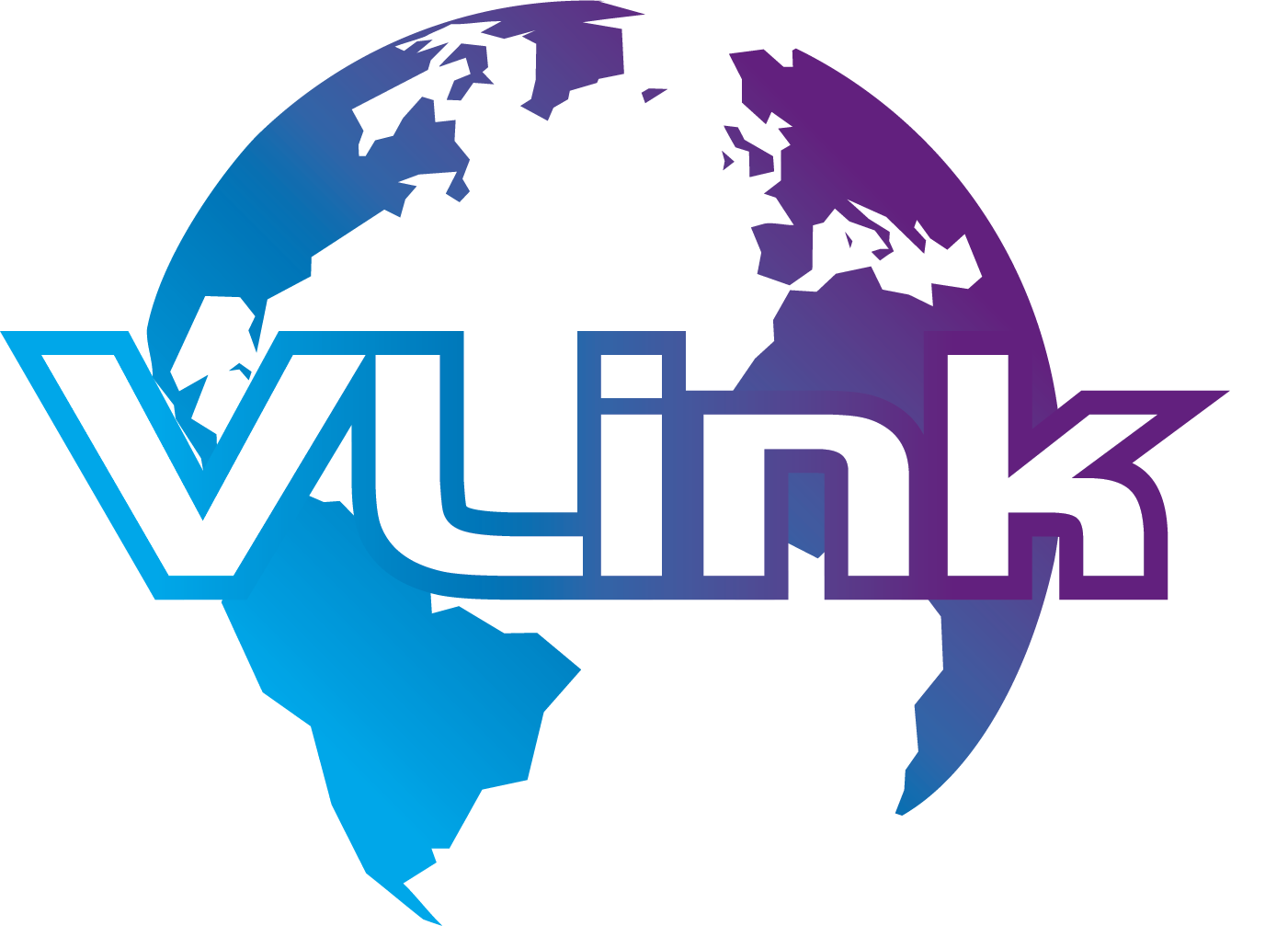This comprehensive blog, grounded in the latest 2025 best practices, provides an actionable guide to how to develop AI software development for CTOs and tech leaders, covering the end-to-end AI software development process, strategic best practices, and a realistic AI project development roadmap.
Why Invest in AI Software Development?
The demand for AI Development Services is paramount because AI fundamentally transforms decision-making, automation, and customer experiences. North American firms, particularly in payments and e-commerce, are reporting accelerating returns as production use cases double year-over-year.
Key Statistics Driving the AI Imperative
Metric | Detail | Implication for Leaders |
Global AI Software Market | Projected to exceed $2 trillion by 2030 (Statista/Stanford). | Secure long-term funding; this is a non-negotiable market shift. |
Enterprise Adoption Rate | 88% of organizations use AI in at least one business function (McKinsey). | The competition is already moving; pilots must scale to production now. |
Return on Investment (ROI) | Companies that actively redesign workflows around AI are the highest performers. | Value comes from process transformation, not just model accuracy. |
North American Talent Cost | Senior AI/ML Engineers command $100–$200+ per hour for custom work. | Strategy must prioritize building or partnering with top-tier specialized talent. |
Investing in custom AI software development drives revenue through hyper-personalization, fraud detection, and demand forecasting, enabling operational excellence and increased enterprise value in fiercely competitive US/Canadian markets. The AI software development process is the new backbone for innovation.
AI Software Development Process: End-to-End Strategic Steps
Understanding how to develop AI software requires a transparent and disciplined methodology that merges the best of Agile development with data-centric MLOps. This 7-stage approach embodies the core AI software development best practices necessary for technical and business success.

1. Analyze Business Needs and Define Clear Objectives (The "Why")
Before you create AI software from scratch, you must validate the problem. AI should solve a high-impact business problem, not be a solution looking for a problem to solve. This includes:
- Identify High-Impact Areas: Which function—customer experience, operational costs, or revenue generation—offers the largest potential ROI?
- Quantify Goals & KPIs: Define success clearly. Examples: Reduce customer support ticket resolution time by 40% using a generative AI agent, or improve inventory forecast accuracy from 75% to 92%.
- Validate the AI Fit: Not all problems need AI. Could a traditional rules-based system suffice? If the solution requires prediction, classification, or adaptation, proceed with AI.
2. Gather, Prepare, and Govern the Data (The Foundation)
Data quality is the single most significant determinant of AI success. Garbage in, garbage out—the model’s performance will never exceed the quality of its training data. This includes:
- Data Identification & Collection: Catalog all internal (CRM, ERP, logs) and external (APIs, public datasets) data sources.
- Data Cleaning and Labeling: This is the most labor-intensive part of the AI application development lifecycle. Cleanse inconsistencies, handle missing values, and correctly label data for supervised learning. Consider automated tools like Labelbox or SuperAnnotate.
- Data Governance and Compliance: Ensure strict adherence to US/Canadian regulations (HIPAA, CCPA, GDPR for global operations). Implement robust privacy controls (anonymization, differential privacy) to mitigate data privacy risks.
3. Design AI Software Architecture and Select the Tech Stack
This is where the CTO's strategic input is critical. The architecture must support the required scalability, security, and integration. This includes:
- Architectural Model: Design a modular, microservices-based architecture. This allows the AI model component to be updated and scaled independently from the rest of the application.
- Integration Strategy: Plan for AI integration with digital transformation using enterprise systems, leveraging standard, well-documented APIs and containerization (Docker/Kubernetes) for flexible deployment.
- Choose the Right AI Technology Stack: Select tools and frameworks for AI software development based on the problem:
- Deep Learning: TensorFlow, PyTorch
- MLOps: AWS SageMaker, Azure ML, Google AI Platform for deployment, monitoring, and scaling.
- Classic ML: Scikit-learn for quicker experimentation.
- GenAI/LLMs: HuggingFace, proprietary APIs (OpenAI, Gemini) for text/code generation.
4. Model Training, Validation, and Iterative Tuning
The heart of machine learning development services is the iterative training loop. This includes:
- Training: Use the prepared data to train the model, splitting it into training, validation, and test sets.
- Hyperparameter Tuning: Continuously adjust model parameters and features to optimize performance against your defined KPIs (e.g., maximizing prediction accuracy, minimizing false positives).
- Validation: Crucially, perform testing for bias, fairness, and explainability during this stage. Ethical and functional validation is essential for developing AI solutions in regulated sectors.
5. Develop, Integrate, and Thoroughly Test Your AI Solution
The steps to build AI software now shift to integrating the trained model into the operational system. This includes:
- Integration: The AI/ML Engineer integrates the model into the backend logic via APIs, ensuring low latency for real-time applications (e.g., fraud detection).
- Testing: Go beyond unit and functional testing. How to test AI software effectively involves:
- Security Testing: Protecting APIs and endpoints against prompt injection and unauthorized access.
- Bias/Fairness Testing: Using tools like SHAP/LIME to ensure the model’s decisions are equitable across different user groups.
- Adversarial Testing: Stress-testing the model with malicious or poisoned data to ensure robustness (a key security best practice).
6. Deployment and Implementation (From Idea to Production)
A model's value is zero until it is in production and driving business outcomes. Deployment must be automated and monitored. This includes:
- Deployment: Utilize MLOps pipelines (CI/CD) to deploy the model artifact into a controlled environment (staging/pilot) before rolling it out to full production.
- Rollback Capability: Ensure the ability to immediately roll back to a previous, stable version if performance issues are detected post-deployment.
7. Continuous Monitoring and Maintenance
This distinct, final stage acknowledges that AI models, unlike traditional software, tend to degrade over time. It is the core of MLOps and the key to long-term ROI. This includes:
- Performance Monitoring: Establish a dedicated dashboard to track both technical metrics (such as latency and uptime) and business KPIs (e.g., cost reduction achieved).
- Model Drift Management: Actively monitor for "model drift," which is the degradation of the model's predictive accuracy as real-world data patterns change.
- Automated Retraining: Plan and implement the automated trigger for model retraining using new, labeled production data to maintain peak performance—a non-stop requirement for a custom artificial intelligence development process.
These seven stages transform the theoretical concept of creating artificial intelligence software into a verifiable, repeatable engineering process. By prioritizing clear business goals, rigorous data governance, and a continuous feedback loop through MLOps, CTOs and technical leaders can mitigate common challenges in AI software development and effectively address them, ensuring the final product delivers measurable, long-term business value.
AI Product Development Lifecycle: From MVP to Enterprise Scale
For Founders and Product Owners, the AI product development lifecycle demands a lean, data-first approach that prioritizes real-world validation over theoretical perfection.
How Startups Can Build AI-Powered Applications
How startups can build AI-powered applications is a question of focus and capital efficiency. The core strategy is AI MVP development for startups:
1. Validate an AI Product Idea: Start with a focused Proof of Concept (PoC) that utilizes a minimal yet high-impact feature (e.g., a simple classifier or recommendation engine). Test market fit quickly.
2. Leverage Cloud & Open Source: Minimize initial Cost to develop AI software by using cloud-native services (AWS, Azure, GCP) and open-source frameworks (HuggingFace, scikit-learn).
3. Build a Vertical-Specific MVP: Focus on a niche industry (fintech, HR-tech, med-tech). This enables you to differentiate yourself with proprietary, high-quality data and specialized model tuning, rather than competing with a general-purpose model.
4. Agile Iteration: Utilize an agile methodology to deliver the MVP to users quickly, gather feedback, and iterate rapidly.
Stage | Activities for a Startup AI MVP |
Ideation & Validation | Business case, market validation, defining the single core function, and how to validate an AI product idea. |
MVP and Prototyping | Rapid prototyping, core model development, minimal data collection, and initial feedback loop. |
Full Product Engineering | Scalability planning, robust API integration, performance tuning, and final UI/UX design. |
Continuous Evolution | MLOps setup, automated retraining, and continuous feature updates based on usage. |
How to Scale AI Software in Production
Scaling a successful AI MVP into a full-fledged enterprise product requires a shift in focus:
- Horizontal Scaling: Utilize containerization (Kubernetes) to quickly spin up new model instances, handling increased user load and data volume.
- MLOps Automation: The production environment must be fully automated, encompassing data ingestion, model monitoring, automated retraining, and security patching. This prevents model drift from crippling performance.
- Data Pipeline Excellence: Invest heavily in robust, fault-tolerant data pipelines (Data Engineering) that can handle the sheer volume and velocity of production data.
AI Project Development Roadmap: Timeline and Cost Estimation
For CTOs and Founders, one of the most pressing questions is: How to plan an AI software project, and what is the real cost of developing AI software? Let’s explore in detail.
Timeline for AI Software Development Projects
The timeline is driven by the complexity of the data, the sophistication of the model, and the required integrations.
Complexity Level | Timeline (Months) | Primary Challenge |
Simple AI Solution (MVP) | 3 – 6 months | Data collection & cleaning; initial feature validation. |
Medium Complexity (Predictive Analytics) | 7 – 9 months | Custom model design; integration with 1-2 legacy systems. |
Complex Enterprise (Generative AI Agent) | 9 – 12+ months | Data governance; robust security against adversarial attacks; continuous MLOps. |
Cost to Develop AI Software (2025 Estimates)
AI software development cost estimation for founders must account for talent, infrastructure, and the complexity of the data being processed. Talent is the largest driver, with North American AI/ML Engineers demanding $100 – $200+ per hour.
Software Type | Estimated Cost (USD) | Timeframe | Cost Drivers |
Simple AI Chatbot / Rule-Based MVP | $50,000 – $90,000 | 3–6 months | Leveraging existing pre-trained models, with minimal custom data. |
Medium Complexity (Custom ML/NLP) | $100,000 – $250,000 | 7–9 months | Custom model, mid-scale data engineering, integration with 1-3 systems. |
Enterprise/Complex AI Platform | $250,000 – $1M+ | 9–12+ months | Real-time processing, large-scale data governance, high-availability MLOps, complex regulatory compliance (e.g., HIPAA). |
Note: IT Outsourcing to high-quality Eastern European or Latin American partners can reduce development hours' cost (~$50 – $100/hr) while maintaining quality, but robust communication and time zone alignment are critical.
AI Software Architecture Design & Integration
A resilient AI software architecture design is non-negotiable for enterprise value. It must be flexible enough for model updates and secure against modern threats.
- Microservices and APIs: The best practice for integrating AI into existing software is via a microservices architecture. Decouple the AI component from the core application logic. This allows the AI model to be scaled, retrained, or replaced (e.g., switching from a custom model to an OpenAI API) without disrupting the main product. APIs are the bridge for seamless AI integration with enterprise systems.
- The MLOps Platform: The architecture must incorporate a continuous delivery platform that handles:
- Model Versioning: Tracking every deployed model.
- Rollback Capabilities: Immediate deployment of the previous, stable version if drift or failure occurs.
- Feature Store: A centralized, scalable data repository for training and serving data features.
- Security by Design: Given the risk of data poisoning and adversarial attacks, enforce security policies at the architectural level: encrypted data pipelines, secure API endpoints, and role-based access control (RBAC) to model parameters.
Key Skills and Team Roles for AI Software Development
Regardless of whether you build in-house or partner, you need a cross-functional team with the right key skills and team roles for AI software development. This includes various roles and responsibilities such as:-
Role | Core Responsibilities |
Product Owner (PO) | Defines business value, sets the Business roadmap for AI product development, manages stakeholder alignment, and is accountable for the model's KPI impact. |
Data Scientist | Designs the ML model, selects algorithms, performs model training and validation, and tunes hyperparameters. |
Data Engineer | Builds and maintains robust data pipelines (ETL), data governance, and scalable data infrastructure. |
AI/ML Engineer | Bridges Data Science and Engineering; automates MLOps pipelines, deploys the model, and manages the production environment. |
Solution Architect | Designs the overall AI software architecture design, manages cloud integration, and ensures system scalability. |
QA Engineer | Designs test strategy, including functional, security, and AI-specific bias/fairness validation. |
Overcoming Challenges in AI Software Development
Challenges in AI software development primarily revolve around data, ethics, and scaling, with solutions focusing on these key areas.
Challenge | Impact | Strategic Solution |
Data Quality & Availability | Biased, inaccurate, or sparse datasets cripple model performance. | Invest in rigorous ETL (Extract, Transform, Load) processes and proactive data governance. Augment with high-quality synthetic data if needed. |
Model Drift & Maintenance | Model accuracy degrades in production as real-world data changes. | Implement a robust MLOps pipeline for continuous monitoring, alerting, and automated model retraining. |
Regulatory/Ethical Compliance | Risk of massive fines or reputational damage (e.g., data leaks, biased decisions). | Prioritize Explainable AI (XAI), fairness audits, and aligning algorithms with standards such as GDPR, CCPA, and HIPAA from the Outset. |
Integration with Legacy Systems | Difficulty retrofitting a modern AI component into monolithic, older codebases. | Use modular AI components and API-first strategies. Containerize the AI microservice for easy deployment and management. |
AI-Generated Code Risk | Code written by AI assistants can introduce subtle security vulnerabilities. | Enforce DevSecOps best practices: all AI-generated code must undergo automated security testing (SAST/DAST) and a human review step. |
Partnering for Success: Choosing the Right AI Development Partner
For many organizations, especially startups and mid-market companies in the US and Canada, partnering with a Top AI Development Company is the most efficient path to securing specialized talent and accelerating time-to-market.
How to Choose an AI Development Partner:
Choosing the right firm is a strategic decision that directly impacts your time-to-market and the long-term success of your AI initiative. When evaluating potential collaborators for AI Development Services, CTOs and Founders should look beyond basic coding skills and focus on these critical strategic alignment points:

- Sector-Specific Expertise: Look for proven experience in your sector (e.g., if you are in FinTech, they must demonstrate expertise in fraud detection or risk modeling). A partner who understands the nuances of your industry can accelerate discovery and ensure regulatory compliance.
- Full-Cycle Delivery: Choose a partner who offers end-to-end AI development services—from initial use case discovery and data engineering to MLOps and long-term maintenance. This continuity is vital for complex, custom solutions.
- MLOps and Scalability Focus: A true partner focuses on production, not just prototypes. They should emphasize how to scale AI software in production through CI/CD pipelines, containerization (Docker/Kubernetes), and continuous model drift management. Insist on a defined MLOps strategy.
- Data Strategy and Ownership Clarity: Ensure the partner has a transparent methodology for data preparation, governance, and security. Crucially, clarify data and IP ownership from the outset. You must retain ownership of all proprietary data, models, and intellectual property developed during the project.
- North American Alignment: For US/Canadian enterprises, prioritize partners with a North American presence or a proven regulatory track record (e.g., CCPA, HIPAA, PCI-DSS compliance). This ensures easier regulatory alignment and cultural fit for seamless collaboration.
VLink: Your Strategic AI Software Development Partner
For tech leaders and founders committed to accelerating their AI roadmap while mitigating risk, choosing the right implementation partner is the single most critical decision. VLink provides full-cycle AI Development Services explicitly engineered for the complexities of the US and Canadian markets.
Our expertise spans the entire AI software development process, ensuring your project moves seamlessly from concept to scalable, production-ready reality:

- Strategic Roadmapping for CTOs: We don't just build; we consult. We help you map business objectives to achievable AI use cases, conducting comprehensive data readiness assessments and providing AI software project cost estimation to ensure founders achieve maximum ROI from day one.
- Data-Centric Excellence: We specialize in large-scale data engineering and governance, transforming raw, distributed enterprise data into the clean, compliant datasets required for robust model training. This foundational work addresses the two biggest challenges in AI software development: data quality and bias.
- Production-Ready MLOps: Our MLOps framework is cloud-native and architecture-agnostic (AWS, Azure, GCP). We build automated pipelines for deployment, continuous monitoring, and model drift management, ensuring your AI solution remains high-performing and secure long after launch.
- Ethical AI and Compliance: We embed responsible AI practices from the design phase, ensuring your solutions adhere to regulatory standards (CCPA, HIPAA, etc.). We prioritize explainability and actively test for algorithmic bias and fairness, minimizing compliance and reputational risk.
- Custom AI Software Solutions: Whether you need sophisticated machine learning software development for predictive analytics, advanced Generative AI agents, or seamless AI integration with enterprise systems, our dedicated team delivers custom solutions built on best practices for scalability and compliance.
Partner with VLink to unlock the full potential of your AI project development roadmap and gain a sustainable competitive edge.
Conclusion: Unlock the Future of AI-Driven Product Innovation
The imperative to develop AI software has never been stronger. For CTOs, this means embracing MLOps, prioritizing a secure and modular architecture, and continually re-evaluating the tools and frameworks for AI software development. For Product Owners and Founders, it means starting small with a validated AI MVP, obsessively managing data quality, and focusing on process redesign to unlock the true ROI of AI-driven product innovation.
The time for piloting is over. The competitive edge belongs to those who successfully transition their AI prototypes into scalable, secure, and business-critical production systems. How do you create AI that transforms your enterprise? You achieve this through strategic planning, rigorous MLOps, and the right partnership.
Ready to accelerate your digital transformation journey? We specialize in delivering custom AI software solutions and providing full-cycle end-to-end AI development services for enterprises. Contact us today and unlock the future of AI-driven innovations.










 Shivisha Patel
Shivisha Patel
















